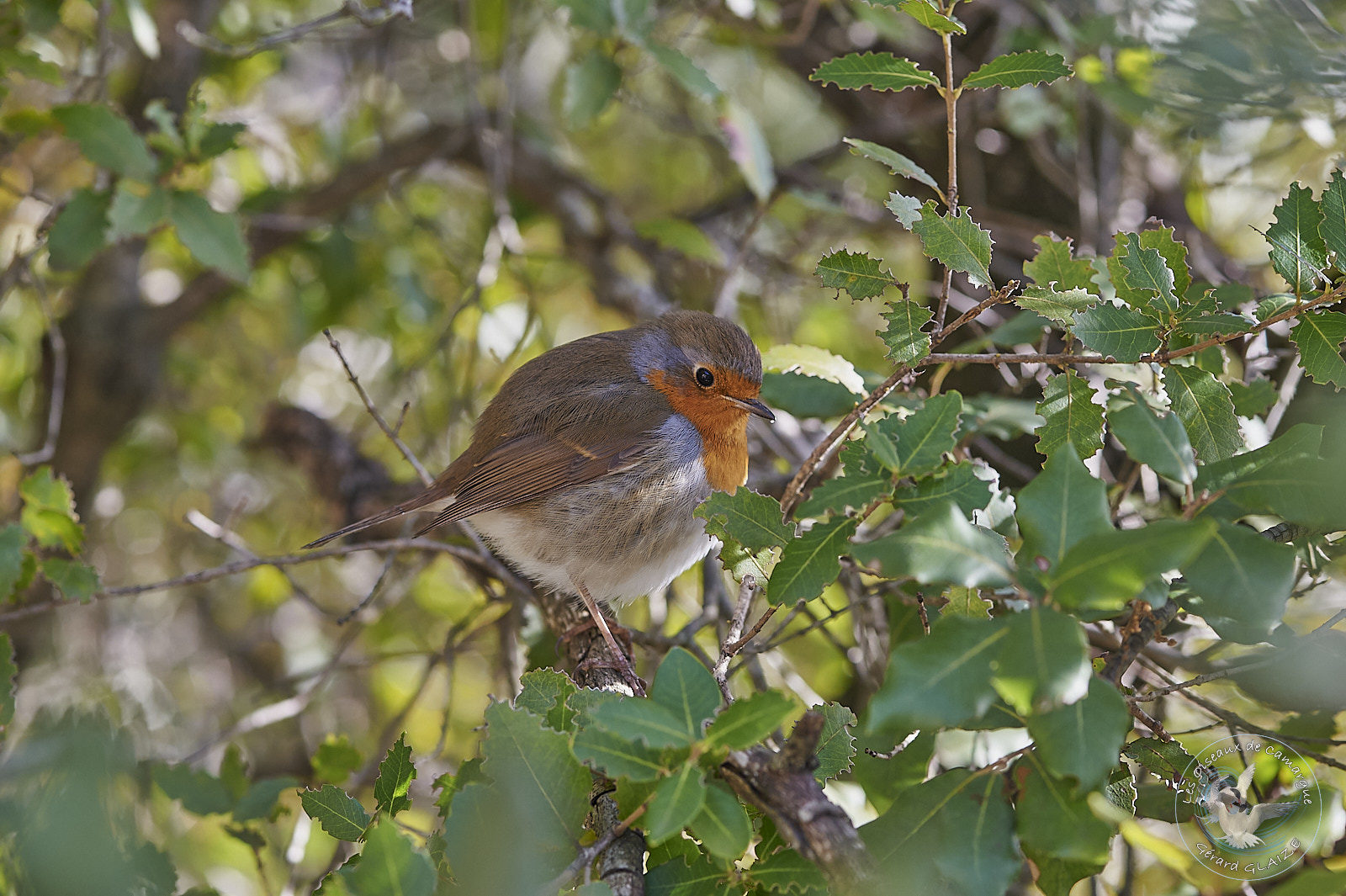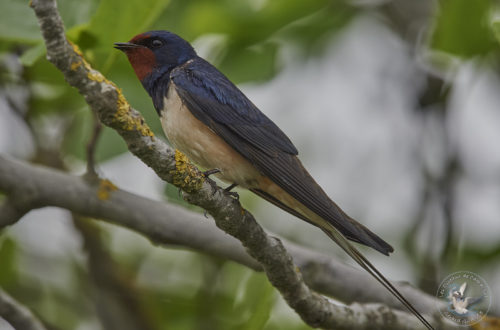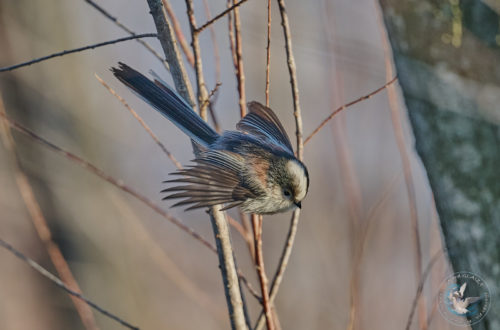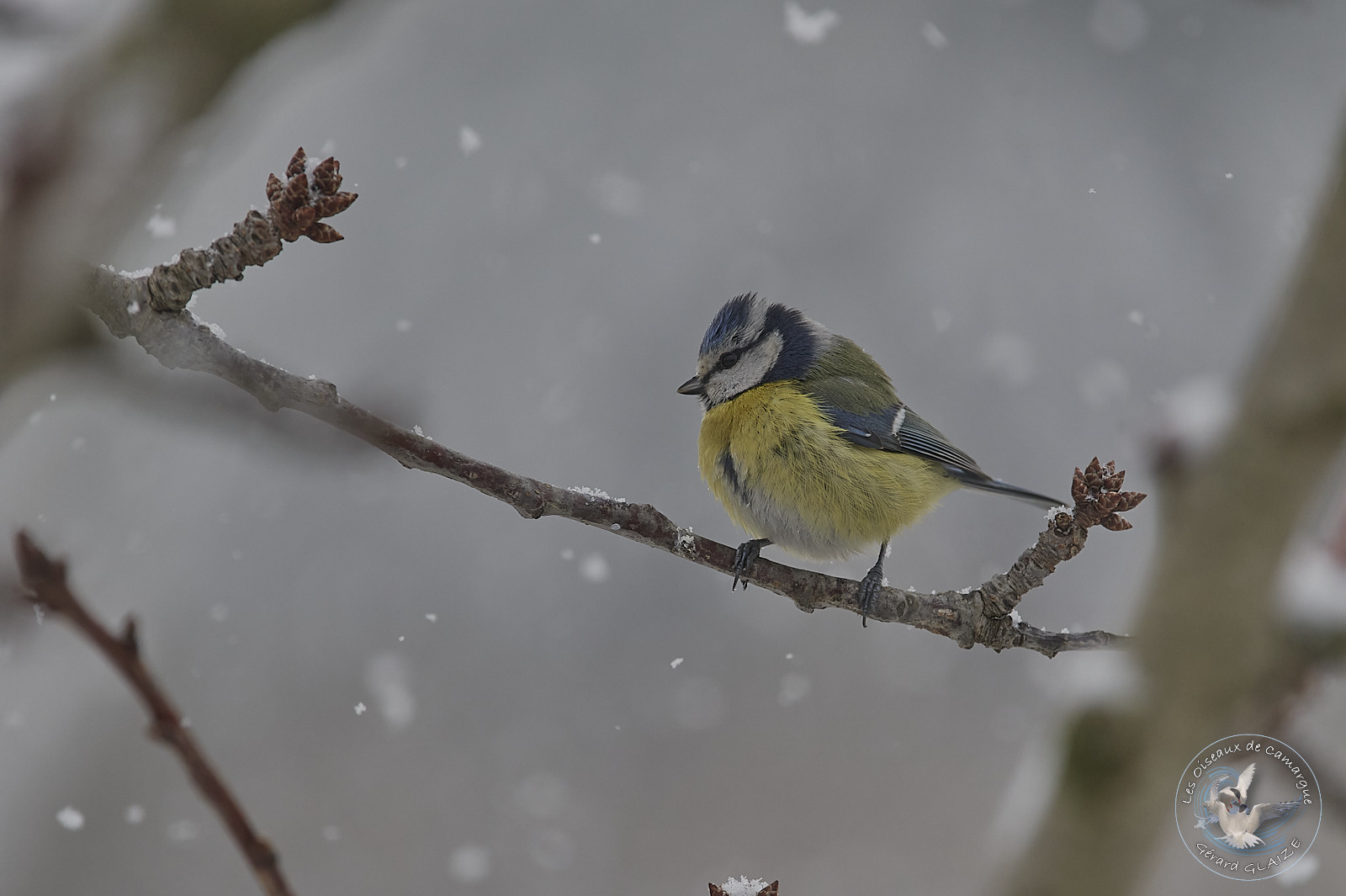European Robin
European Robin is a not very shy bird, its not very shy nature allows it to be approached easily and it readily agrees to show itself. This little sparrow is however of a very irascible nature. It defends its territory with unfailing determination against the intrusion of its congeners. This defense takes place regardless of the season.
The male and the female are almost identical, with a crown, wings, the top and the tail of brown color, a gray band on the sides of the throat, a white belly and the famous “red throat”, more precisely in color Dark orange pulling red. It is round and upper on legs, his black eyes are also characteristic.
European Robin
Scientific name : Erithacus rubecula
Family : Turdidae
Length: from 12 cm to 14 cm – Wingspan: from 20 cm to 22 cm
Weight : from 16 gr to 22 gr
IUCN Conservation Status: LC
Flight
The European Robin flies over short distances, making large undulations in the air. The flight is low and fast.
Habitat
Robin frequents woodlands, bocage, copses, forests, parks and gardens both in the most isolated regions and in cities. The female moves short distances after the breeding season, to a nearby winter territory where she can feed. The male keeps the same territory all year round.
Regime – Diet
The European Robin feeds mainly on insects and small invertebrates. It also consumes small seeds, fruits and berries. It may frequent feeders in winter.
Nesting
This takes place from April to August, the nest is built by the female. It is installed on the ground under roots or tufts of grass and is hidden in dense vegetation. It is a dome-shaped structure. The nest is made with leaves, moss and feathers, and lined with rootlets and hair. The female lays 4 to 7 yellowish eggs speckled with brown. She assumes the brooding alone, the incubation lasts 13 to 14 days. The male helps her feed the young.
Migration
The Robin is a partial migrant, it can migrate to North Africa from September to April. In France it is mainly sedentary, but its population increases during the winter by an influx of individuals from northern Europe.
Protection
The Robin is widely distributed throughout most of Europe. It enjoys total protection on French territory since the ministerial decree of April 17, 1981 relating to protected birds throughout the territory. It is therefore prohibited to destroy, mutilate, capture or remove it, to intentionally disturb or naturalize it, as well as to destroy or remove eggs and nests, and to destroy, alter or degrade its environment.
Song
Its melodious song expresses all its vitality and has a very wide variety of stanzas. A real treat.
Useful Links
Other Links
- You can see the article from my site “Birds of Camargue” for more information on the Camargue and the Birds.

















